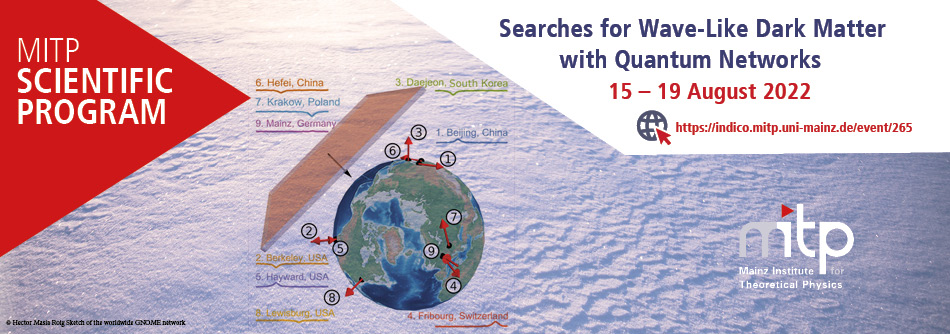Speaker
Description
In recent years, optically-pumped magnetometers (OPMs) have been successfully used for setting new constraints on possible parameters of transient exotic spin couplings of axion dark matter [1]. This was achieved with the help of the Global Network of Optical Magnetometers for Exotic physics searches (GNOME), being a world-wide network of synchronized magnetometers located in Europe, Asia, Australia, and USA. However, the GNOME network can be improved by implementing a new type of sensors that is less prone to magnetic-field noise. This can be achieved by implementation a noble-gas-alkali-metal comagnetometers [2]. These sensors allow a sensitivity gain to exotic spin couplings of protons and neutrons of three to five orders of magnitude. Moreover, in certain conditions comagnetometers allow to distinguish between magnetic and nonmagnetic spin perturbations [3]. This is a significant advantage of the system compared to the conventionally used OPMs, as it allows to discriminate nonmagnetic couplings events.
We will present the results of the tests of the system with nonmagnetic spin couplings generated with rotation and AC Stark effect, which was used to simulate nonmagnetic spin perturbations targeted by GNOME. We will also discuss other particular dark-matter signatures, that can be observed with the sensor.

